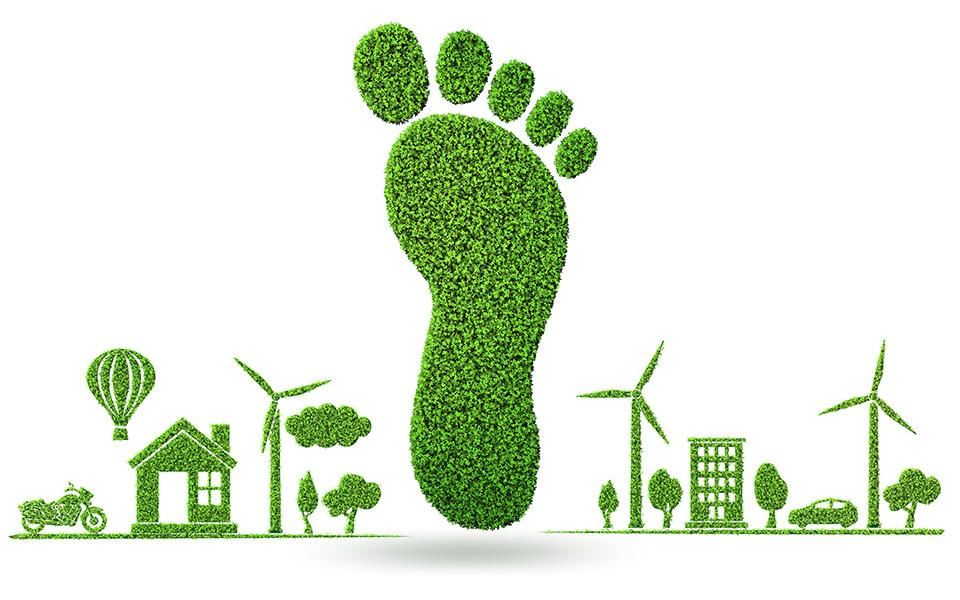The Rise of “Zoom Towns” and Regional Redistribution
While large cities face challenges, some smaller communities have seen unexpected growth. “Zoom towns”—communities that have attracted remote workers due to lifestyle or affordability advantages—have seen population increases, rising housing demand, and economic revitalization.
Advertisement
Examples include small towns near natural parks, coastal areas, or mid-sized cities with strong broadband infrastructure. These areas are benefiting from:
-
New residents bringing higher incomes
-
Increased demand for goods and services
-
Opportunities to develop co-working spaces and digital hubs
However, the growth of Zoom towns is not without its downsides. Some communities are experiencing housing shortages, increased cost of living, and strain on local infrastructure. Managing this growth sustainably will be critical to long-term success.
Social and Cultural Implications
Cities are more than economic engines—they are cultural hubs, innovation clusters, and centers of human connection. Remote work, while convenient, can dilute these aspects.
Reduced Serendipity: In-person interactions often lead to spontaneous ideas, mentorship, and collaboration that are difficult to replicate virtually.
Changing Talent Clusters: If workers are dispersed, the knowledge-sharing ecosystems that fueled innovation in tech, finance, and creative industries may fragment.
Civic Engagement: People who live and work in a city are more likely to engage in local events, vote in city elections, and support civic initiatives. A transient or remote population may be less connected to urban identity.
Cities must consider how to maintain vibrancy, social cohesion, and cultural relevance even as their daytime populations decrease.
Opportunities for Reinvention
Despite the challenges, remote work presents an opportunity for cities to reinvent themselves. Flexibility in where people work could lead to:
-
Mixed-Use Development: Creating neighborhoods where people live, work, and play, reducing reliance on central offices.
-
Equitable Urban Growth: Rethinking zoning and land use to promote inclusive development and access to amenities.
-
Environmental Gains: Fewer commutes can reduce carbon emissions, congestion, and air pollution.
-
Resilience: Diversifying economies beyond central business districts can help cities weather future shocks.
Forward-thinking cities are already experimenting with innovative solutions—such as adaptive reuse of office buildings, investments in digital infrastructure, and incentives for businesses that decentralize operations.
